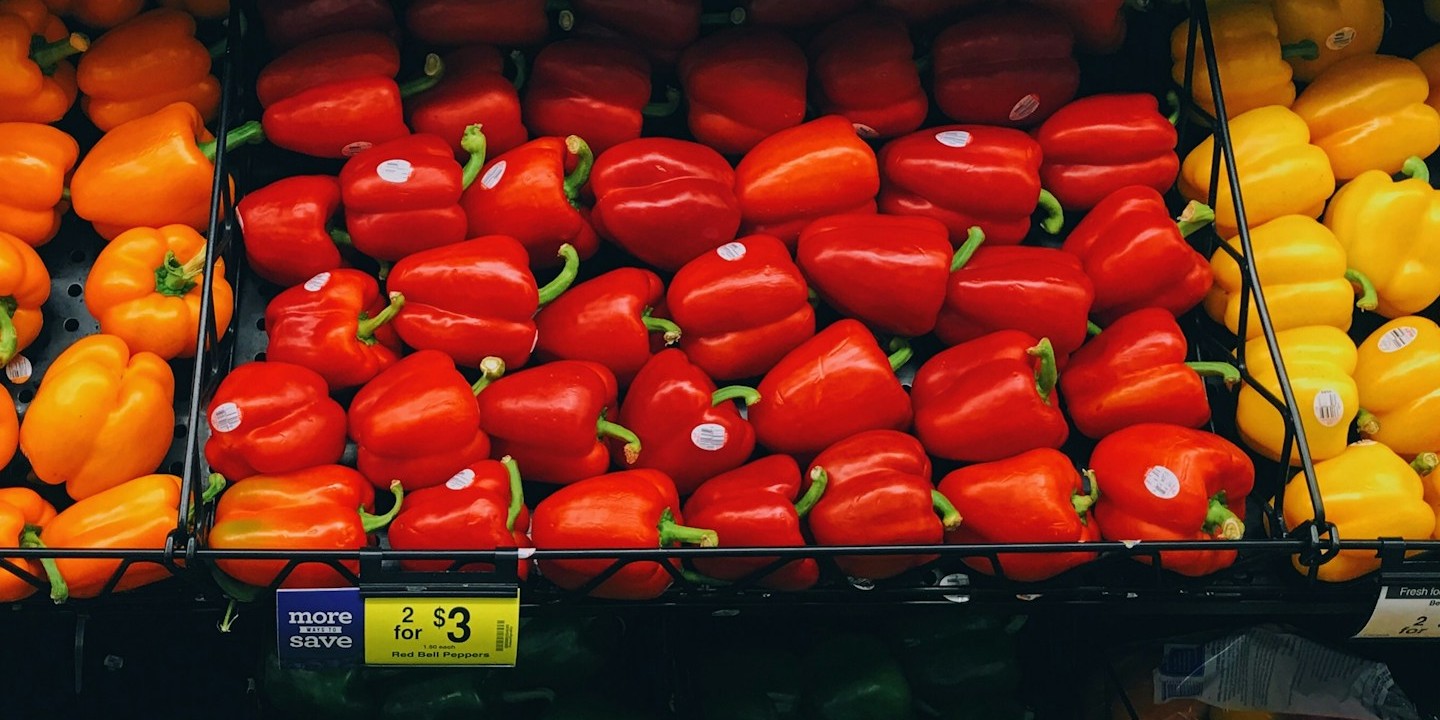Monthly Costs Are Rising By Hundreds Of Dollars In America—And It's Only Getting Worse
Monthly Costs Are Rising By Hundreds Of Dollars In America—And It's Only Getting Worse
The Subtle Ways Everyday Life Got More Expensive
There’s a moment at the end of the month—usually when the credit card bill comes due—when the upward climb of expenses begins to look deliriously high. Groceries that used to be a clean hundred now graze two. The mountainous overhead never seems to stop rising, with streaming services quietly nudging their prices up, and rent renewal arriving with small adjustments. All of a sudden, the monthly budget that worked last summer doesn’t stretch quite as far. It’s not just inflation anymore; the cost of living is enough to give you vertigo.
Groceries: The Silent Climb in the Cart
We’ve all seen it—$6 eggs, $4 milk, and a bag of grapes that costs more than lunch at a diner. A single grocery trip can hit $250 without even filling your hand cart. Increasingly, families are having to cut down from three meals a day to two or one to meet expenses. If your weekly grocery run hit $150 before, a 2.7% increase means nearly an extra $4 each time. Meat alone rose about 5.2% over the year. Families are playing grocery Tetris now, choosing store brands over name brands and frozen over fresh and forgoing red meat as a luxury.
Housing: The Rent That Outpaces the Paycheck
Rent renewals feel like bad news wrapped in polite language: “We’re adjusting rates to reflect market conditions.” The translation is another $300 a month gone. In cities like Austin and Denver, a one-bedroom that used to cost $1,200 now demands $1,800. Even if headlines insist inflation is “only” 3%, a 3.6 % housing rise means you’re paying hundreds more annually just to keep the same place. People talk about moving, but to where? Even smaller towns are feeling the pinch. Buying isn’t much better, with 30-year fixed conventional mortgage rate listed at 6.49 % with a 25% down payment.
The Nickel-And-Dime Subscriptions
It starts with Netflix. Then Spotify. Then Apple TV, Hulu, Disney+, Paramount+, and something else you forgot you subscribed to but still pay for every month. Together, the total monthly bill ends up being $100 or $150, rapidly eroding your bottom line. You don’t feel it until your statement looks like a roll call of tech companies. The modern version of cable is not only more fragmented but somehow significantly more expensive. People say, “Just cancel some,” but each service holds one show you love, so you keep them for now and the slow drain on your finances continues.
The Car: A Mobile Money Pit
Cars used to symbolize freedom, but now they symbolize loan payments, rising insurance costs, and $70 fill-ups that used to be $40. Even maintenance stings, with an oil change setting you back the equivalent of a dinner for two. And we haven’t even touched on repairs, with a single tire replacement derailing a week’s grocery budget. We used to scoff at the people commuting in the bicycle lane, but now it doesn’t sound so bad.
The “Little” Things That Add Up
With the rising cost of coffee, expensive takeout delivery fees, and tipping screens that ask for 25% on a muffin, there’s no escaping the mounting sum of everyday indulgences. It’s death by a thousand cuts. That Target trip that was supposed to be $40 somehow became $110. The vet visit for your pet dog was $180 for a check-up. Even birthday gifts feel more burdensome than ever before, with what used to feel generous now feels miserly. We tell ourselves that things will level out, but deep down we all suspect that is the new normal. And if it is, we’ll need to learn how to live without certain things we once took for granted—or in spite of it.









